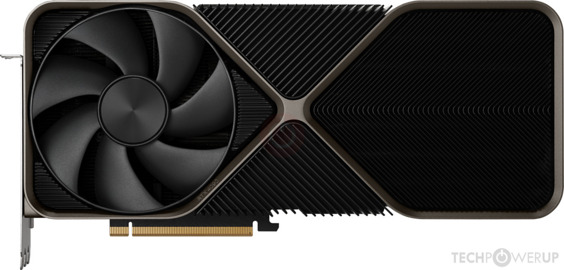- Joined
- Dec 24, 2010
- Messages
- 714 (0.13/day)
- Location
- mississauga, on, Canada
| System Name | YACS amd |
|---|---|
| Processor | 5800x, |
| Motherboard | gigabyte x570 aorus gaming elite. |
| Cooling | bykski GPU, and CPU, syscooling p93x pump |
| Memory | corsair vengeance pro rgb, 3600 ddr4 stock timings. |
| Video Card(s) | xfx merc 310 7900xtx |
| Storage | kingston kc3000 2TB, amongst others. Fanxiang s770 2TB |
| Display(s) | benq ew3270u, or acer XB270hu, acer XB280hk, asus VG 278H, |
| Case | lian li LANCOOL III |
| Audio Device(s) | obs, |
| Power Supply | FSP Hydro Ti pro 1000w |
| Mouse | logitech g703 |
| Keyboard | durogod keyboard. (cherry brown switches) |
| Software | win 11, win10pro. |
@soundzen… but i figured that the post in question would see the suggestion. not that important to correct. (or the suggestion)



 .
.








